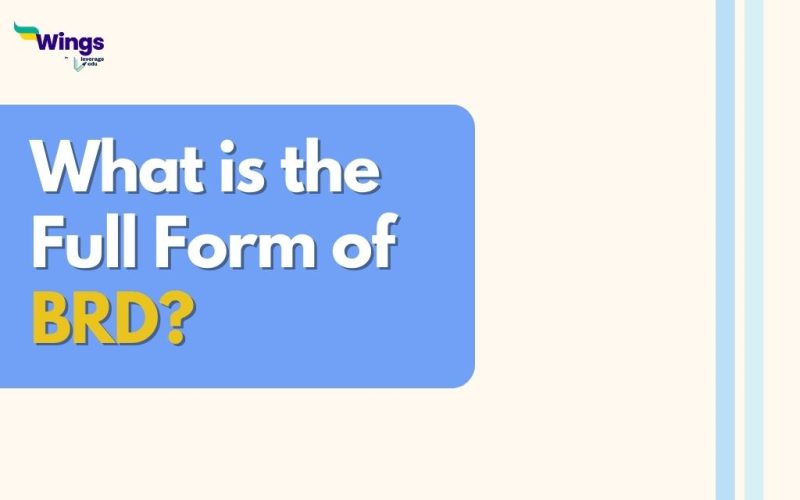The full form of BRD is a Business Requirements Document. It refers to a report that lays down all the requirements for a company’s new project. A BRD helps stakeholders and investors gain all the necessary details associated with the project. Accordingly, a BRD can include details like project objectives, time duration, different phases, and so on.
Also Read: What is APC Full Form?
Components of BRD
There are seven components of a BRD which are:
Executive summary: As the name suggests, it reflects what your project actually is. People who do not like to read the entire BRD can use the executive summary to gain details about the project. Moreover, although the executive summary is the first thing in your project, you should always write it in the end. This way you can avoid missing out on important details.
Project objectives: Project objectives refer to the ultimate business goals that the company wishes to achieve through the said project. It is one of the most important aspects of BRD as it can make or break the decision of your investors.
Project scope: With a clearly defined project scope, you can communicate the boundaries to which your project can extend. You can add project requirements, team, budget, and timeline.
Business requirements: In this section of your BRD, you can add all the actions required for your project. It can vary in length depending on the type and complexity of your project. You can use this section to rank your requirements by priority so that other team members can understand which task they need to address first.
Key stakeholders: This is the section where you will list all the key stakeholders of your project. These are the people interested in your project including your team members, managers, executives, and clients.
Project constraints: Here you can explain the boundaries or limits of your project in detail. This includes everything from project risks and team availability to project dependencies, deadlines, and budget. This will help the investors realize the complexity of your project and how to overcome it.
Cost-benefit analysis- Summing up your BRD with a cost-benefit analysis is a strong move that can turn the tables upside down. It can be the deciding factor of your project that includes the different costs associated with your project, total expenses, and estimated ROI.
This was all about the BRD full form. If you want to read more such interesting full forms, stay connected with Leverage Edu.
 One app for all your study abroad needs
One app for all your study abroad needs













